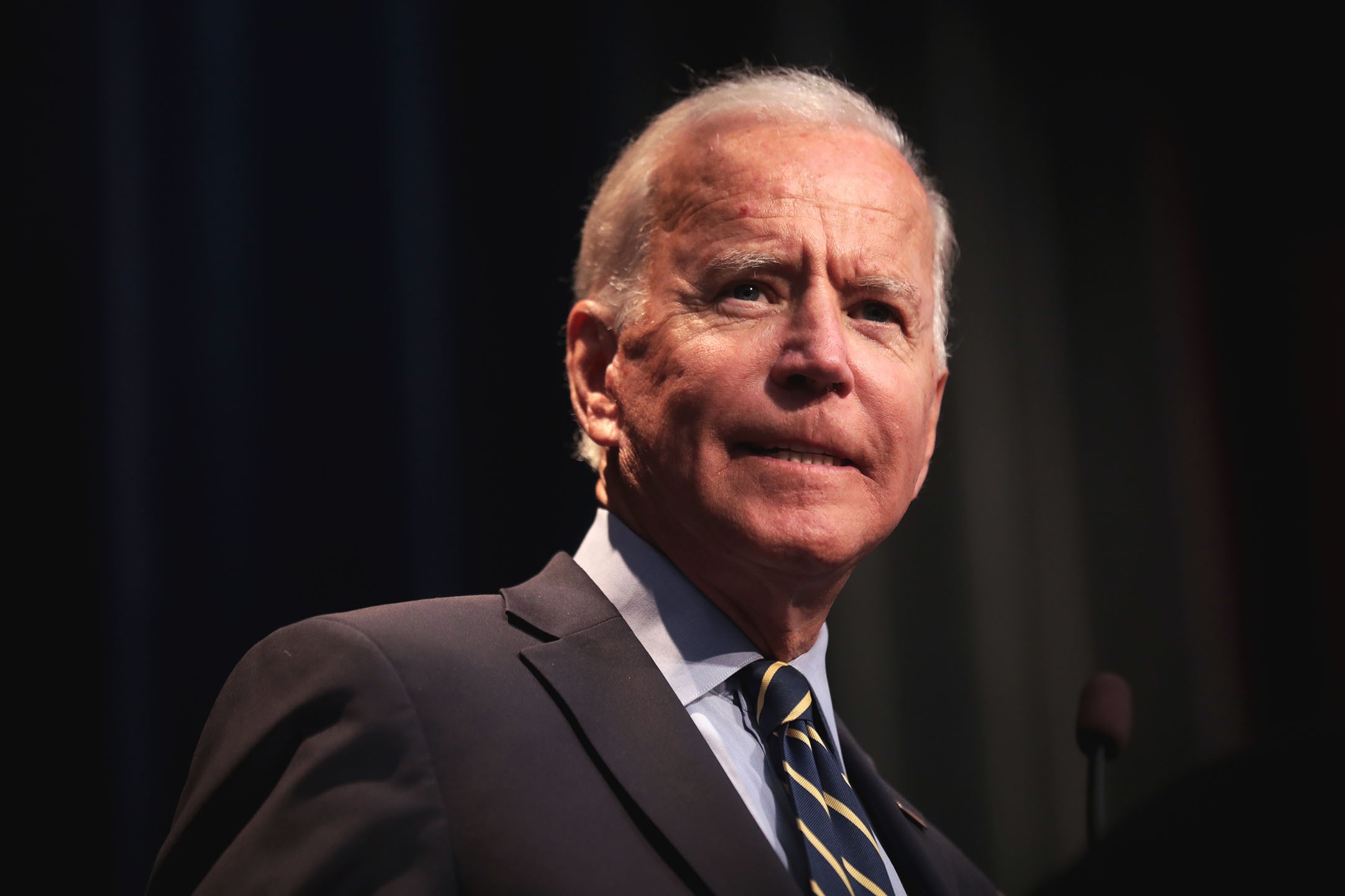North Korea's SRBM Launches
On March 25, 2021, North Korea announced the launch of a new-type of short-range ballistic missile (SRBM). Experts deduce that North Korea conducted the launches more for political than technical or operational reasons, probably to signal to the new Biden administration that it should not be taken for granted and will continue to develop its missile capabilities, as well as in response to the US-ROK joint exercises. Four experts provide their short analysis of the implications of the recent North Korean missile launches for US-ROK-DPRK relations.
Jenny Town
Senior Fellow at the Stimson Center and the Director of Stimson’s 38 North Program
On March 25, North Korea tested a “new-type” of short-range ballistic missile (SRBM)—one similar to its KN-23 SRBM but reportedly capable of carrying a 2,500 kg warhead. Whether this assertion is accurate is unclear, but the new missile still adds only incrementally to the country’s SRBM capabilities.
North Korea’s resumption of missile testing, even if just short range, is the latest reminder of the dangers of maintaining the status quo on the Korean Peninsula. In January, Kim Jong Un announced during the Eighth Party Congress the country’s intention to develop greater range, accuracy, diversity and lethality of its delivery systems to further improve its deterrent capabilities. Outside of a negotiated agreement, Pyongyang will continue down this road, increasing the threat it poses to the region and eroding confidence in US extended deterrence.
Waiting for North Korea to change its strategic calculus and agree to complete denuclearization up front only prolongs the status quo. While denuclearization of the Korean Peninsula should continue to be a goal of negotiations, as agreed to in the Singapore Joint Statement and the Panmunjom Declaration, the US and South Korea must recalibrate expectations about how quickly this can be achieved and reprioritize what comes first in that process to reduce risks and threat perceptions.
Jessica J. Lee
Senior Research Fellow in the East Asia Program at the Quincy Institute
Last month’s short-range missile tests by Pyongyang sent a message to the Biden administration that time is running out for restarting direct talks.
While Washington and Beijing seem to be backing into a cold war, it is North Korea that could trigger an actual hot war in East Asia. North Korea does not want that, and neither should the United States.
Unfortunately, North Korea appears to be a back-burner issue for most American policymakers. There is confusion about the Biden administration’s objectives on North Korea and how they align with those of our allies South Korea and Japan, as seen by the debate around denuclearization of North Korea versus denuclearization of the Korean Peninsula. President Biden also has not signaled flexibility in adopting ideas that his Republican predecessor has put forward, such as the Singapore Declaration, and has remained silent on positive security assurances the United States would consider offering as part of a phased approach toward peace and gradual denuclearization.
As the Biden administration concludes its policy review, it must resist pressure from hawks on Capitol Hill for whom there is no such thing as too much pressure on North Korea. What is urgently needed is real negotiation with North Korea, leveraging all of our carrots and sticks toward a comprehensive deal that addresses nuclear, political, and economic issues.
Seukhoon Paul Choi
Principal Advisor & Managing Director of StratWays Group
The recent North Korean ballistic missile launches underscore the need to re-direct DPRK-US-ROK relations. They highlight the accompanying risk of ongoing diplomatic deadlock—an advancing North Korean nuclear and missile posture designed not only for deterrence but also warfighting. The launches demonstrate the expanding operational utility and strategic value of these weapons to the Kim regime. This alters the dynamics of any future negotiations North Korea may have with the United States and South Korea.
North Korea’s increasing next-generation missile capability poses various challenges to the ROK-US and US-Japan alliances. This includes an increased potential to evade current missile defenses and use nuclear weapons. Consequently, the Biden Administration will face pressure to re-prioritize deterrence by enhancing force protection measures and strengthening defense readiness. This is likely to include offensive counter-missile options, left-of-launch capabilities, and efforts to develop boost-phase missile defense systems. Forces will also need to plan and train for a conventional conflict under a nuclear shadow and for limited nuclear use.
The Moon Administration, however, will view such military measures as perpetuating the security dilemma and impeding the resumption of engagement. President Moon is likely to advocate a re-prioritization of dialogue, even if efforts to facilitate it require the ROK-US alliance to assume greater risk in the face of North Korea’s military modernization. In this way, North Korea’s missile launches should be understood as a strategic challenge already testing the ability of the two allies to align their strategies.
Dr. Balbina Y. Hwang
Visiting Professor at Georgetown University. She is working on two book manuscripts: Platonic Paradox on the Peninsula: Korea’s Divided Lines, and Toqcueville’s Democracy in Asia: Dilemmas in the Age of Modernity
North Korea’s SRBM tests were undoubtedly and impeccably timed for maximum messaging, and prompted the usual rote responses from analysts on both sides of the Pacific. Most characterize them as being a continuation of a long-running North Korean bargaining tactic, designed to increase leverage with the US. Others proffer that they deliver a metaphoric message: to gauge the Biden administration’s willingness to abandon previous strategies and positions for an entirely “new” approach towards North Korea. A few dismiss the tests’ significance, citing that they are instead acts of mischief by a bored and maniacal leader.
While most of these arguments may hold true, they fail to account for Pyongyang’s sensitivity to and awareness of regional and global trends. Pyongyang’s recent missile tests need to be understood in the context of recent shifts in the global strategic environment, regional security arrangements, and key regional players’ national interests. These include changed global perceptions of US power and influence; the US shift from a “Northeast” to “Southwest” Asia-Pacific strategy through the Quad; and the trend towards an increasingly inward-looking US.
In other words, the recent missile launches may have been less of a bargaining chip, and more a reminder of North Korea’s independence and sovereignty, which the regime has achieved against the odds for more than 70 years.
Image: iStock, NASA.


